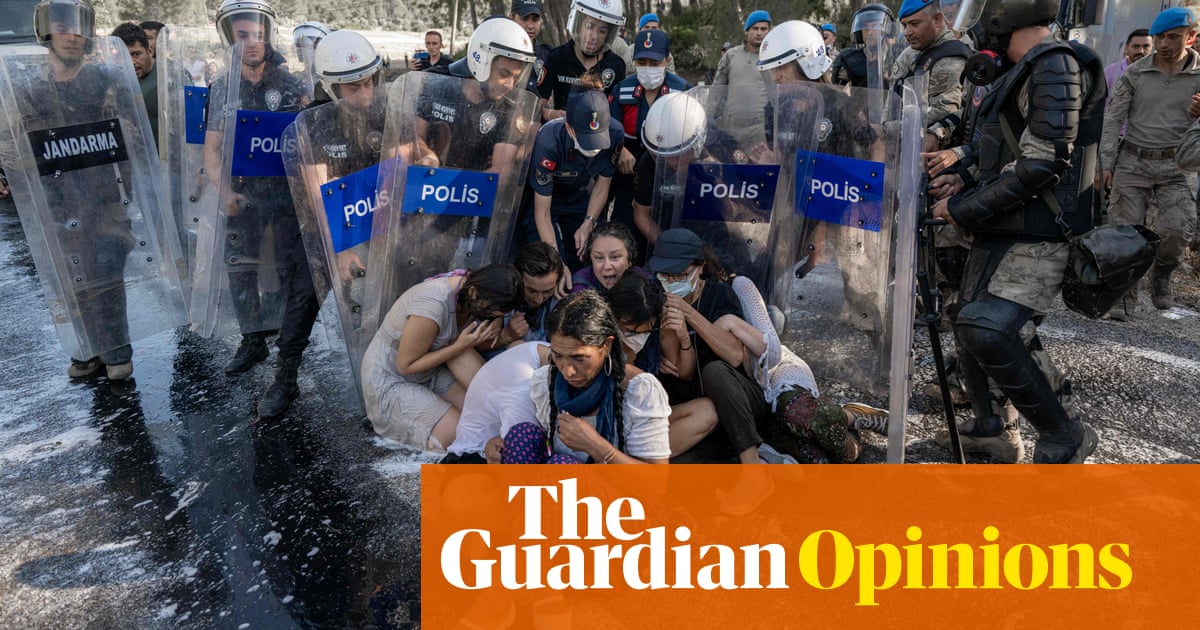
For any country that relies upon hydrocarbons to provide 99 percent of its energy, you might imagine that announcing an ambitiously huge entry into the renewables space would be daunting.
Not for Saudi Arabia. With average annual sun hours in excess of 3,000, miles upon miles of untouched shoreline and a landmass the size of Western Europe, the potential is immense.
For decades the Saudi Ministry of Petroleum was OPEC’s poster boy, leading the way on the pricing of crude and helping to keep cars moving, ships sailing and the global economy ticking over. The oil crisis of 1973 underscored the Kingdom’s linchpin status as a leading global producer.
It is therefore not too surprising that market watchers were perplexed in May 2019 when the ministry (the very headquarters of which is designed to resemble an oil barrel) was renamed the Ministry of Energy.
Though regional decision-makers have long opined about the virtues of their desert landscapes as potential hubs for solar energy, the paradigm shift required for this to happen has always seemed unattainable — until now.
The Saudi Green Initiative and the Middle East Green Initiative, which were announced this week, aim to unite countries in the region facing similar environmental challenges. The plans include the world’s largest afforestation project, which aims to restore about 40 million hectares of degraded land.
Given that the initiative involves planting a staggering 10 billion trees in the Kingdom alone, and an ambition for the country to generate 50 percent of its energy from renewables by 2030, it has attracted a great deal of international attention.
The UN and the UK (the latter of which this year presides over the UN’s COP26 Climate Change Conference, which will take place in Glasgow, Scotland, in November) welcomed the Saudi announcement as being both timely, given the global climate-change agenda, and positive, given that environmental matters had all but been neglected regionally.
While environmental damage in the region has long been ignored, the efforts now being made to reverse this trend are commendable.
Zaid M. Belbagi
Oil transformed the lives of the inhabitants of the Arabian Peninsula. It provided centuries of economic development in just a few decades, lifting people out of poverty and sickness. This miracle has had disastrous environmental consequences, however, most pertinently the huge population growth the region has experienced, which has accelerated climate change.
As a shallow body of water within a hot desert, the Arabian Gulf region is obviously at risk from the effects of rising sea temperatures. Countries along the Gulf and the Red Sea have low-lying coastal developments that are highly vulnerable to sea-level rises.
Desalination projects to provide water for large population centers have disrupted the natural ecology of the region and are incredibly energy inefficient. The increased use of machinery, the growth of heavy industry and the tarmacking of seasonal waterways has led to desertification, dust storms and air pollution, which Saudi Crown Prince Mohammed bin Salman highlighted in his announcement this week. With regional summer temperatures now sometimes as high as 60 degrees Celsius, the traditional existence of human life without air conditioning is a distant memory.
With global peak oil demand either having passed or due to take place in the next few years, the time to focus on alternative sources of energy is now. Hydrocarbons have played an incredibly important part in keeping the Kingdom and its neighbors cool and watered but their abundance has led to grossly inefficient practices.
Despite the opportunity to exploit its mountainous regions for wind power, the most realistic prospect for the Kingdom will be solar energy. This will have to be large in scale and constantly updated to remain an efficient and reliable source. Given that currently only Iceland and Norway, which have markedly cooler climates, source more than 50 percent of their primary energy from renewables, the scale of the challenge facing the Kingdom over the next nine years is daunting.
While environmental damage in the region has long been ignored, the efforts now being made to reverse this trend are commendable. Though it is unlikely Arabia will ever again be the historical land of 42 lakes that it was before the Arab exodus from the region, efforts to preserve and improve its topography will go some way to stabilizing rising temperatures.
• Zaid M. Belbagi is a political commentator, and an adviser to private clients between London and the Gulf Cooperation Council (GCC). Twitter: @Moulay_Zaid
Disclaimer: Views expressed by writers in this section are their own and do not necessarily reflect Arab News" point-of-view












